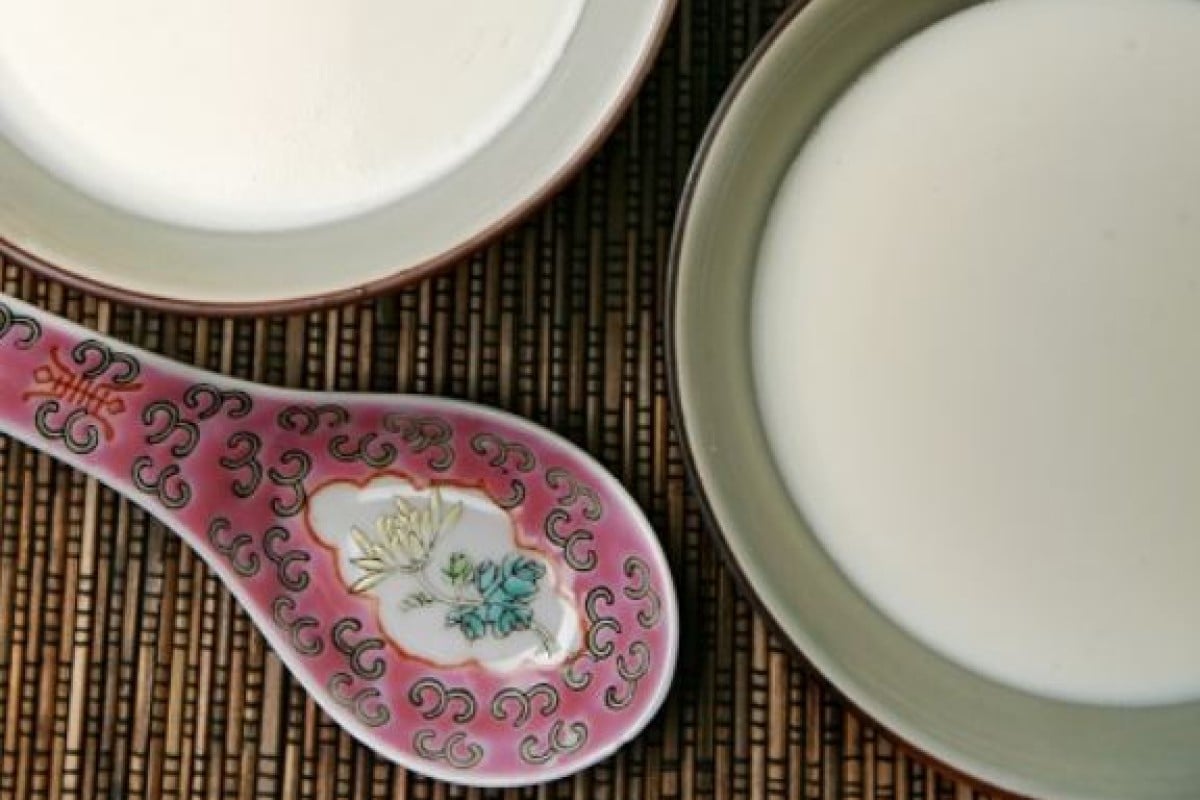
Chinese ginger pudding has a custard-like texture, but it's not really a custard because it doesn't contain egg. Instead, it "sets" because the ginger juice coagulates the milk into a delicate, wobbly consistency. Use mature ginger that's slightly shrivelled and fibrous, and don't peel it before grating, because it's something in the skin that helps the custard to set. Use a Japanese ceramic ginger grater - a regular one with holes and sharp teeth will become clogged by the rhizome's fibres. To extract the juice, squeeze the grated ginger through a small square of clean, unbleached cheesecloth that's been soaked in water then wrung dry.
To sweeten this pudding, my first choice is to use Chinese rock sugar, which comes in lumps or smaller, smoother squares. It's very hard and doesn't dissolve easily. If you prefer, use pale tan cane sugar or white granulated sugar. Don't use any sugar that has a very strong taste, or it will overwhelm the ginger. Adjust the amount of sugar and ginger juice according to how sweet and hot you want the pudding.
Stir the ginger juice to mix the cloudy sediment with the clear liquid on top, then divide it between four individual serving bowls.
Pour the milk into a saucepan and add the sugar. Place over a medium flame and heat, stirring frequently, until the milk bubbles around the edges and the sugar is dissolved.
Cool the milk to 75°C (170°F) by scooping up ladlefuls and pouring them back into the saucepan until it reaches the right temperature.
From a height of about 10cm (4in), pour the milk over the ginger juice. Do not stir; leave it undisturbed until it sets; it takes just a few minutes. Serve warm or cold.